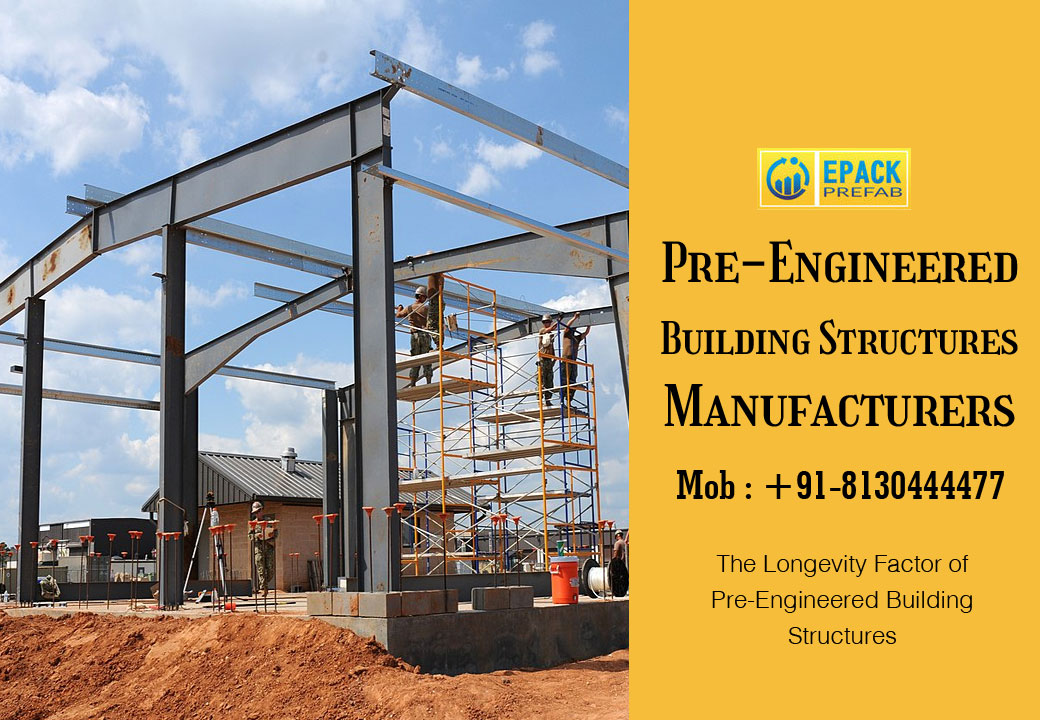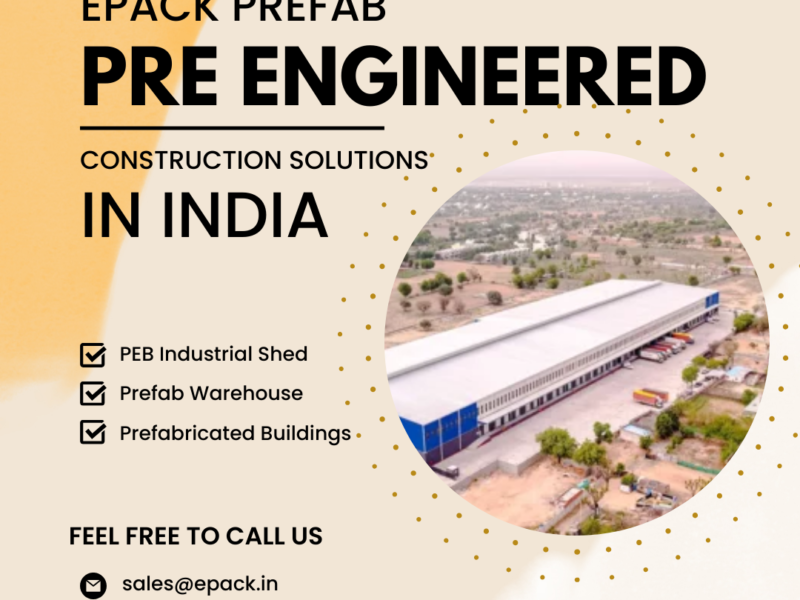You may not have considered the “life” of a framework. To ensure that your building’s new framework will last the test of time, invest in a design and high-quality materials before you begin construction. Regardless of its size, the facility must be able to withstand the effects of the environment as well as a variety of other conditions that could cause harm.
What’s the use of putting in the work and money to create a building effectively if it’s just going to endure a few years? Examine how the structure will undoubtedly be utilised during the design process to assist you in developing the optimum materials to assure the steel structure’s long life.
The materials you select are one of the critical aspects that will undoubtedly affect the framework’s longevity. While finishing design details, make comparisons between steel constructions, plastic sheds, timber frameworks, and a lot more.
How long can pre engineered steel buildings be used for? They can survive anywhere from 25 years to 50 years or more if the building is well-maintained and the products are of good quality. To maintain the structure’s long-term utility, quality products that can tolerate seasonal damage must be employed.
Steel is a fantastic choice for building materials in terms of both quality and longevity. However, it should be recognised that not all steel frameworks are created equal. Take a look at these elements that could affect the longevity of steel structures:.
- The design: Using a strong steel framework can help to reduce damage. A steel structure with water circulation and joint protection, for example, is more likely to have a longer lifespan than one without when compared to a building with poor planning. What is the lifespan of prefabricated frameworks? If they have a good sense of style, they can last as long as a custom framework.
- Usage: If you use the structure too harshly, you should expect rapid degradation. Rust that occurs when steel is manufactured using chemicals inside the framework can have a long-term impact on the end product’s quality. As long as you don’t intend to use your steel framework to construct anything big, such as a house, it should survive longer than a structure built from scratch.
- Location: Local environmental trends can have an impact on the structure’s long-term endurance. Due to the increased weight of the snow on the roof, snow-covered sections, for example, demand greater upkeep. Furthermore, in seaside areas, the salt and humidity in the air can cause steel structures to corrode more quickly. Because of the high amounts of dangerous substances in the air, even moderate degrees of automation could be detrimental to the structure.
Steel does not require as much maintenance as other forms of framework materials. The longevity of the framework can be increased by undertaking basic maintenance procedures on a regular basis. If the building is not cleaned, maintained, and repaired on a regular basis, it may suffer from decay, mould, and deterioration.
Consultation with a steel structure expert is the best method to assure the long-term profitability of your project. EPACK group has been constructing pre-engineered structures that suit a variety of commercial, industrial, and institutional needs for more than a decade.


